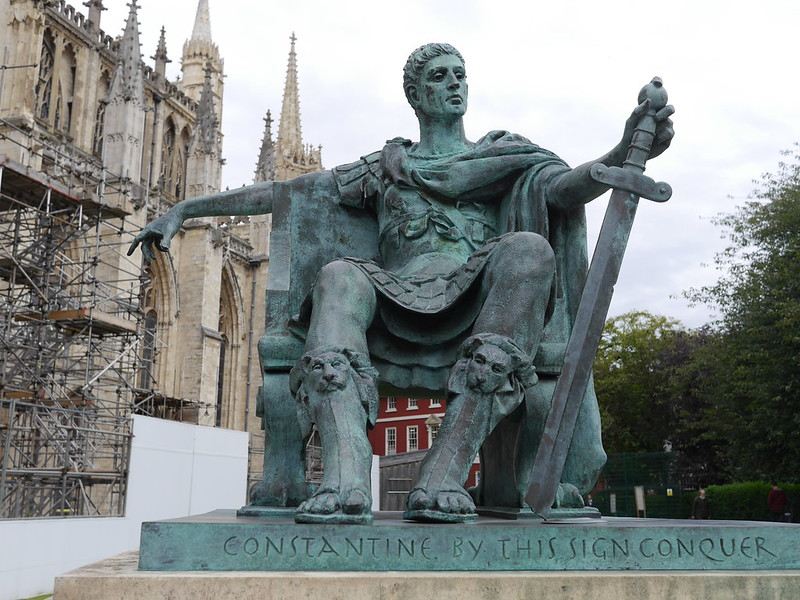

Roman Emperor Constantine the Great officially declared Constantinople his “New Rome” and the capital of the Roman Empire on May 11, 330AD. This was done with all the pomp and circumstance one might imagine.
Little did the world know that this city that would come to universally be known as Constantinople would become one of the most important in the world.

Emperor Constantine, knowing how important the East was for the survival of his Empire, chose an ancient Greek city, Byzantium, as the new center of the Roman world. He needed a capital that made strategic sense, controlling those vital trade routes connecting Europe and Asia. Additionally, he wanted a city that felt new, offering his pagan Empire a fresh start for its Christian era.
The old site of Byzantium, with its fantastic natural harbor and practically impregnable location, was quite literally a no-brainer. They say Constantine himself, maybe after a particularly vivid dream, personally marked out the city’s new boundaries. Imagine the work put into transforming a relatively small town into a sprawling metropolis decked out with grand avenues, impressive forums, and walls that would make any invader think twice before laying hands on it.
That inauguration took place on May 11 330 AD. It was a real turning point that fundamentally changed the course of European history. For over a millennium, Constantinople would stand tall, becoming a beacon of culture, a hub of knowledge, and a formidable shield against the rising forces of the East. Its influence in fields such as art, law, religion, and commerce would be consequential.

Think about those stunning Byzantine mosaics you see in old churches. Their artistic DNA is still evident in modern designs. Now consider the legal framework laid down by Justinian. Its principles remain the bedrock of legal systems across Europe and beyond. Even the Great Schism between the Eastern Orthodox and Roman Catholic Churches, a divide that sadly continues to this day, finds its roots in the distinct histories of the empires centered in Rome and Constantinople.
The fall of Constantinople in 1453 was a dramatically altering event that ended this 1,123 year-old history. Yet, Constantinople didn’t cease to exist. Even as it became Kostantiniyye and later Istanbul, the heart of the Ottoman Empire, the city carried its Byzantine legacy forward although it would be substantially transformed.
Today, wandering through the vibrant streets of this huge Turkish metropolis known as Istanbul, you can almost feel the history stacked in one layer upon the other—the Roman emperors, the Byzantine scholars, and the Ottoman sultans all sharing the same geographical area.
